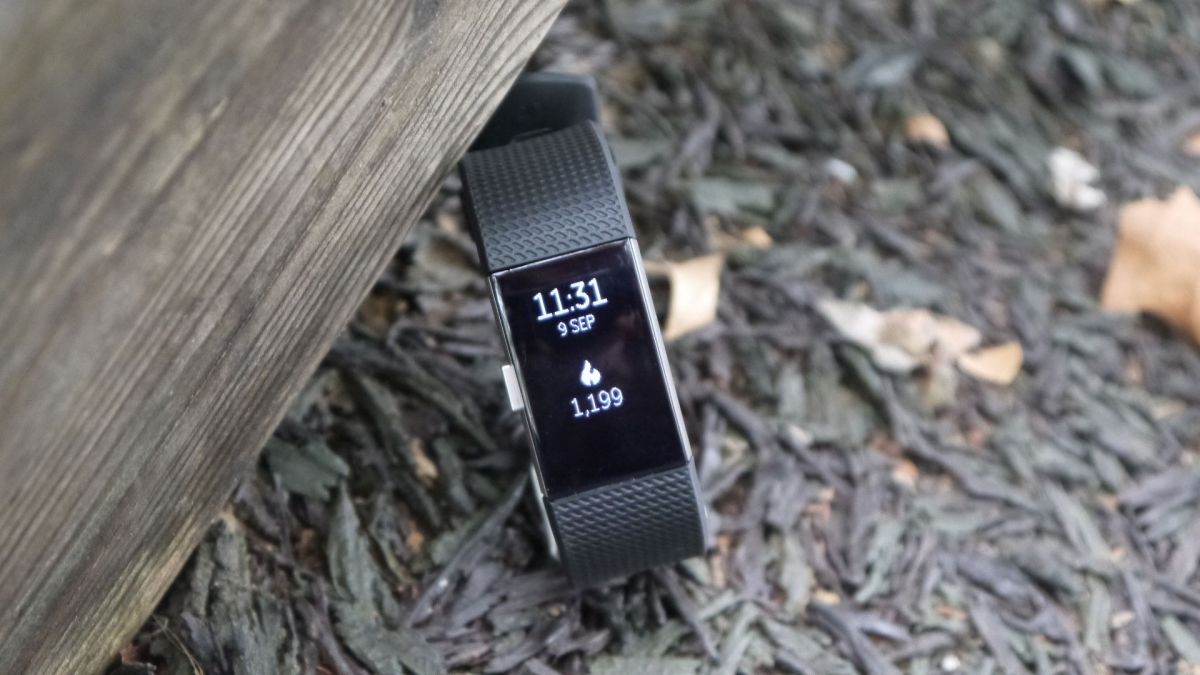Wearables aren’t in trouble – but Fitbit's market share is falling
The action's in the east

With so few new smartwatches on the market – and little on the horizon from either the watch or fitness tracker camps – it’s easy to think wearables might have peaked.
But the market is actually continuing to grow, according to a recent report – it’s just that much of that growth comes from a company many in the western world have had little interaction with.
The report, issued by IDC, shows a 16.9% growth in the wearables market during the fourth quarter of 2016, compared to the same period in 2015, and a 25% growth across the whole year.
Those numbers are substantial, yet the biggest player in the market, Fitbit, is losing market share. It’s still number one, but its percentage of the total wearables market has dropped from 26.8% in 2015 to 22% in 2016
The loss was even more drastic in the fourth quarter, dropping from 29% in 2015, to just 19.2% in the fourth quarter of 2016.
Apple’s share too saw a notable drop, from 14.2% in 2015 to 10.5% in 2016, though the company had a strong fourth quarter, thanks to the launch of the Apple Watch 2.
Blame Xiaomi
These year-over-year market share drops are in large part down to one company you might not think of as a wearables force: Xiaomi.
Get daily insight, inspiration and deals in your inbox
Sign up for breaking news, reviews, opinion, top tech deals, and more.
The Chinese brand has little presence in the west, but it’s a big player in its native territory, and not just for smartphones thanks to its low-price products such as the Mi Band proving attractive alternatives to big name rivals, and propelling it to second place in the overall wearables market.
It’s also helped by the fact that, according to the report at least, Fitbit is too focused on the US – a saturated market where most people who might want a fitness tracker likely already have one.
As a result, growth in the wearables sector may increasingly be driven by other regions, and by products which are either cheaper, such as those Xiaomi sells, or which offer something different, such as smart clothing and ear-worn devices like the Xperia Ear, both of which are also on the rise.
While its market share has eroded, the numbers are still up for Fitbit: its sales in 2016 were marginally higher than 2015, all of which suggests the wearables market as a whole is a lot healthier than some might have believed previously.
The key question is whether this can continue into 2017 - the lack of any wearables of note beyond a couple from Huawei at MWC 2017 was a warning that innovation in this space may be waning, and attracting new users of the tech will depend on how keenly the top brands can price their flagship devices.
- After a wearable to make you healthier? These are the best fitness trackers around
James is a freelance phones, tablets and wearables writer and sub-editor at TechRadar. He has a love for everything ‘smart’, from watches to lights, and can often be found arguing with AI assistants or drowning in the latest apps. James also contributes to 3G.co.uk, 4G.co.uk and 5G.co.uk and has written for T3, Digital Camera World, Clarity Media and others, with work on the web, in print and on TV.